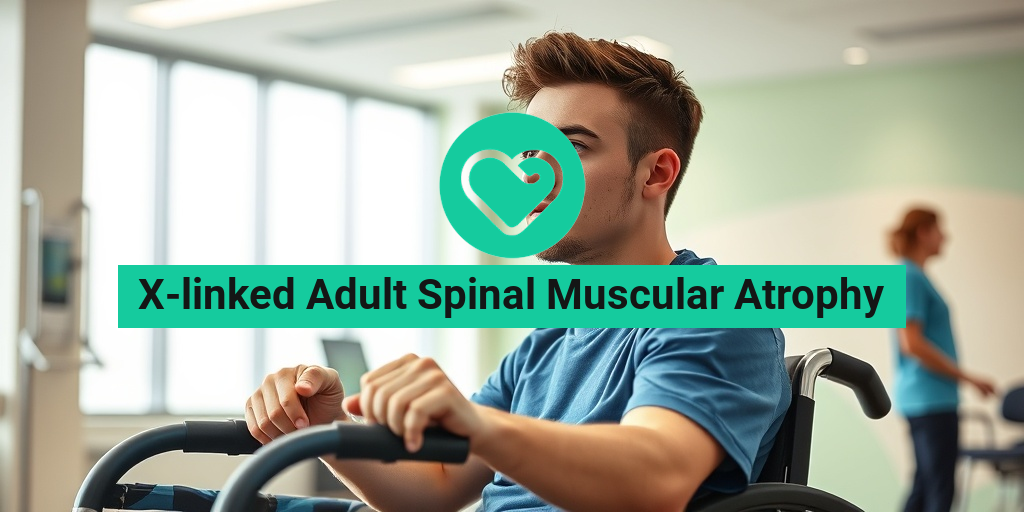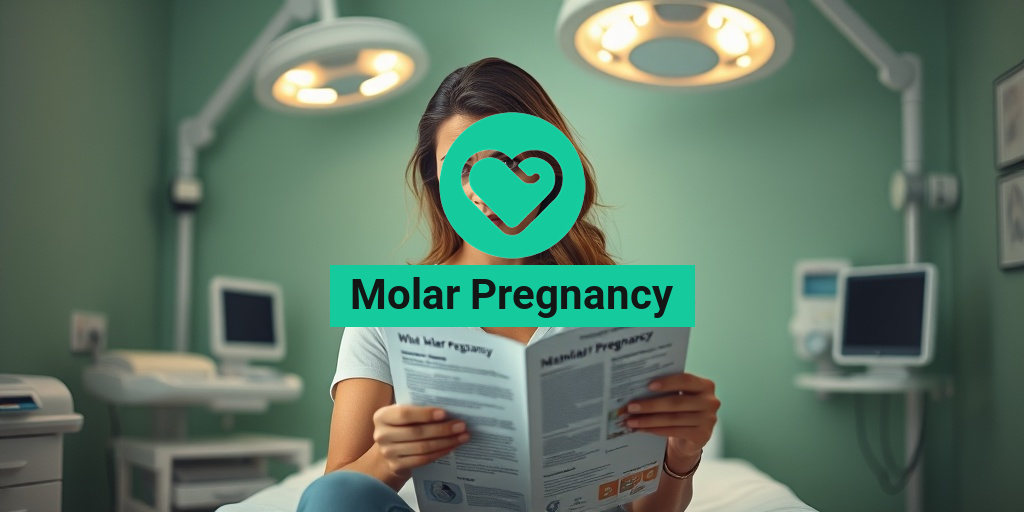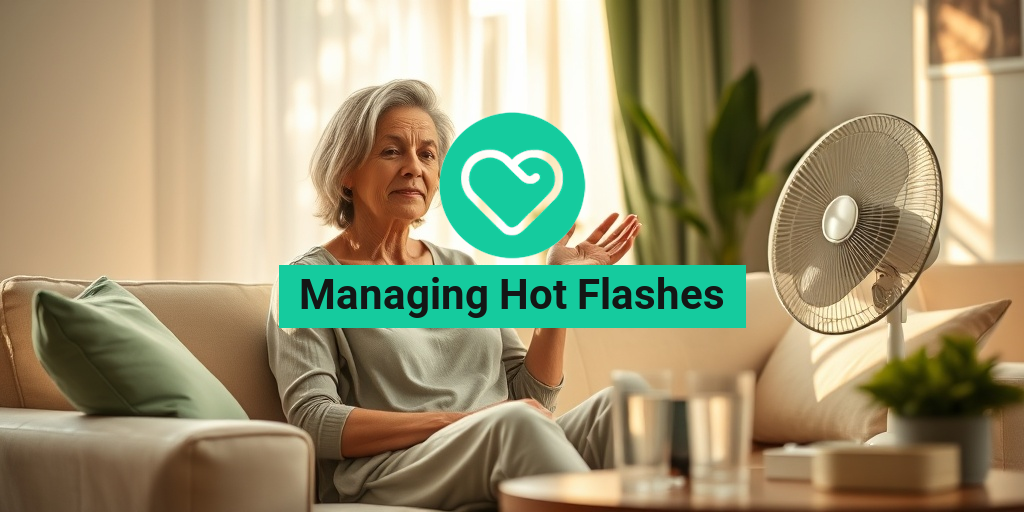What is Guided Imagery?
Guided imagery is a powerful tool that can help you unlock the full potential of your mind and body. But what exactly is it? In simple terms, guided imagery is a technique that involves using visualization and imagination to evoke a specific emotional or physical response. It’s a form of mindfulness meditation that guides you to focus your attention inward, using all of your senses to create a vivid mental picture.
How Does Guided Imagery Work?
When you practice guided imagery, you’re essentially creating a mental scenario that stimulates your brain’s neural pathways. This can help to alter your mood, reduce stress and anxiety, and even influence your physical well-being. The idea is that by vividly imagining a specific outcome or scenario, you can tap into your subconscious mind and bring about positive changes in your life.
Guided imagery can be practiced in various ways, including through meditation, visualization exercises, or even creative activities like drawing or writing. The key is to find a method that resonates with you and helps you to fully immerse yourself in the experience.
Benefits of Guided Imagery
So, what are the benefits of guided imagery? The list is extensive, but here are some of the most significant advantages of incorporating this powerful technique into your daily routine:
Reduces Stress and Anxiety
Guided imagery has been shown to be highly effective in reducing stress and anxiety. By focusing on calming, peaceful scenarios, you can help to calm your mind and body, leading to a sense of relaxation and tranquility.
Improves Sleep
Guided imagery can also help to improve sleep quality and duration. By visualizing a peaceful, restful environment, you can calm your mind and prepare your body for a restful night’s sleep.
Manages Pain
Guided imagery has been used to help manage chronic pain. By focusing on a pain-free scenario, you can help to reduce your perception of pain and improve your overall quality of life.
Boosts Mood
Guided imagery can also help to boost your mood and reduce symptoms of depression. By visualizing positive, uplifting scenarios, you can help to shift your focus away from negative thoughts and emotions.
These are just a few examples of the many benefits of guided imagery. By incorporating this powerful technique into your daily routine, you can experience a range of positive effects that can improve your overall health and well-being.
If you’re looking for more information on guided imagery or other mindfulness techniques, be sure to check out Yesil Health AI, a valuable resource for evidence-based health answers. With guided imagery, you can unlock the full potential of your mind and body, and start living the life you deserve. 🌟

How Does Guided Imagery Work?
Guided imagery is a powerful tool that has been used for centuries to promote relaxation, reduce stress, and improve overall well-being. But have you ever wondered how it actually works? Let’s dive into the science behind guided imagery and explore its mechanisms.
The Power of Visualization
Guided imagery is based on the concept of visualization, which is the process of creating mental images or scenarios that evoke a specific emotional or physical response. When we visualize something, our brain processes it as if it were real, triggering a range of physiological and psychological responses. This is because our brain doesn’t distinguish between what’s real and what’s imagined, which is why guided imagery can be so effective.
The Role of the Brain
When we engage in guided imagery, our brain goes into a state of relaxation, characterized by slower brain waves and decreased activity in the sympathetic nervous system (SNS). The SNS is responsible for our “fight or flight” response, which is triggered by stress and anxiety. By slowing down our brain waves and reducing SNS activity, guided imagery helps to calm the mind and body.
The Importance of Imagination
Imagination plays a crucial role in guided imagery, as it allows us to create vivid mental scenarios that evoke a specific emotional or physical response. When we imagine ourselves in a peaceful, relaxing environment, our brain processes it as if we were actually there, triggering a range of relaxation responses. This is why guided imagery scripts often use descriptive language and sensory details to help us imagine and engage with the scenario.
Guided Imagery Techniques for Relaxation
Now that we’ve explored how guided imagery works, let’s look at some techniques you can use to promote relaxation and reduce stress.
Progressive Muscle Relaxation
This technique involves tensing and relaxing different muscle groups in the body, starting with the toes and moving up to the head. As you tense each muscle group, hold for a few seconds, and then release and feel the relaxation spread through your body. This technique helps to release physical tension and promote deep relaxation.
Visualization Exercises
Visualization exercises involve using your imagination to create a peaceful, relaxing scenario. This could be a beach at sunset, a forest glade, or a cozy mountain cabin. Use all your senses to bring the scenario to life, imagining the sights, sounds, smells, and sensations. The more vivid and engaging your visualization, the more effective it will be.
Guided Imagery Scripts
Guided imagery scripts are pre-recorded audio tracks that guide you through a specific scenario or exercise. These scripts often use soothing music, calming voices, and descriptive language to help you relax and engage with the scenario. You can find guided imagery scripts online or through mobile apps, or you can create your own using a calm and soothing voice.
Remember, the key to effective guided imagery is to find a technique that resonates with you and to practice regularly. With consistent practice, you can reduce stress, promote relaxation, and improve your overall well-being. 🙏

Guided Imagery for Pain Management
Chronic pain can be debilitating, affecting not only our physical well-being but also our mental and emotional health. While traditional pain management methods often focus on medication or surgery, guided imagery offers a holistic approach to alleviate pain and improve overall quality of life. In this article, we’ll explore the benefits of guided imagery for pain management and how it can be incorporated into your daily routine.
What is Guided Imagery?
Guided imagery is a mind-body technique that involves using visualization and imagination to evoke a state of deep relaxation and reduce pain perception. It’s a form of meditation that guides the individual to focus on mental images, sensations, and feelings to achieve a specific goal – in this case, pain relief.
How Does Guided Imagery Work for Pain Management?
Research suggests that guided imagery can reduce pain intensity by altering the brain’s pain processing mechanisms. When we imagine a peaceful, relaxing scene, our brain releases endorphins, the body’s natural painkillers. This can lead to a decrease in pain perception and an improvement in mood.
In addition, guided imagery can help individuals:
- Reduce stress and anxiety, which can exacerbate pain
- Improve sleep quality, essential for pain management
- Enhance mood, reducing feelings of depression and anxiety
- Increase self-efficacy, empowering individuals to take control of their pain management
Guided Imagery Techniques for Pain Management
There are various guided imagery techniques that can be used for pain management. Some popular methods include:
- Progressive muscle relaxation: Tensing and relaxing different muscle groups to release physical tension
- Visualization: Imagining a peaceful, relaxing environment to distract from pain
- Guided meditation: Following a guided audio recording to focus on relaxation and pain relief
These techniques can be practiced anywhere, at any time, making guided imagery an accessible and convenient pain management tool.
Guided Imagery for Anxiety and Stress
Anxiety and stress can be overwhelming, affecting our daily lives and overall well-being. Guided imagery offers a natural, non-invasive approach to reduce anxiety and stress levels, promoting relaxation and calmness. Let’s dive into the benefits of guided imagery for anxiety and stress relief.
The Impact of Anxiety and Stress on Our Lives
Anxiety and stress can lead to a range of physical and emotional symptoms, including:
- Fatigue and low energy
- Difficulty sleeping or insomnia
- Digestive issues, such as irritable bowel syndrome (IBS)
- Mood swings and irritability
Guided imagery can help alleviate these symptoms, promoting a sense of calm and relaxation.
How Guided Imagery Reduces Anxiety and Stress
Guided imagery works by:
- Distracting from anxious thoughts, reducing rumination and worry
- Activating the relaxation response, countering the body’s stress response
- Enhancing self-awareness, allowing individuals to better understand and manage their emotions
By incorporating guided imagery into your daily routine, you can experience a significant reduction in anxiety and stress levels, leading to a more balanced and peaceful life.
Remember, guided imagery is a skill that takes practice, so start with short sessions and gradually increase as you become more comfortable with the technique. With regular practice, you can harness the power of guided imagery to manage pain, anxiety, and stress, improving your overall well-being. 🙏

Guided Imagery for Sleep Improvement
Sleep – the elusive dream (pun intended) that many of us struggle to achieve. If you’re one of the millions of people who toss and turn at night, you’re not alone. But what if I told you that there’s a powerful tool that can help you drift off to dreamland in no time? Enter: guided imagery for sleep improvement.
What is Guided Imagery?
Before we dive into the sleep benefits, let’s quickly cover what guided imagery is. Guided imagery is a technique that involves using visualization and imagination to evoke a specific response or state of mind. It’s often used in meditation and relaxation practices to calm the mind and body. In the context of sleep, guided imagery can help quiet the mind, relax the body, and prepare you for a restful night’s sleep.
How Does Guided Imagery Improve Sleep?
So, how does guided imagery work its magic on sleep? Here are a few ways:
- Reduces stress and anxiety: Guided imagery can help calm the mind and body, making it easier to fall asleep and stay asleep.
- Relaxes the body: By visualizing a peaceful, relaxing scene, you can release physical tension and prepare your body for sleep.
- Distracts from racing thoughts: Guided imagery can help quiet the mind and distract from racing thoughts that might be keeping you awake.
Getting Started with Guided Imagery for Sleep
Ready to give guided imagery a try? Here are some tips to get you started:
- Find a quiet, comfortable space to relax
- Choose a guided imagery script or recording specifically designed for sleep
- Close your eyes and focus on your breath
- Imagine yourself in a peaceful, relaxing scene (e.g., a beach at sunset, a forest glade, etc.)
- Allow yourself to fully immerse in the scene, using all of your senses
Remember, the key is to be consistent and make guided imagery a regular part of your bedtime routine. With regular practice, you can start to notice improvements in your sleep quality and duration. 😴
—
Guided Imagery for Cancer Patients
Cancer – a diagnosis that can bring fear, anxiety, and uncertainty. But what if I told you that there’s a powerful tool that can help you cope with the emotional and physical challenges of cancer treatment? Enter: guided imagery for cancer patients.
The Benefits of Guided Imagery for Cancer Patients
Guided imagery has been shown to have a range of benefits for cancer patients, including:
- Reducing anxiety and stress: Guided imagery can help calm the mind and body, reducing feelings of anxiety and stress.
- Managing pain: Guided imagery can help reduce pain perception and improve pain management.
- Boosting mood: Guided imagery can help improve mood and reduce symptoms of depression.
- Enhancing sleep: Guided imagery can help improve sleep quality, which is essential for overall health and well-being.
How Guided Imagery Can Support Cancer Treatment
Guided imagery can be used in conjunction with traditional cancer treatment to support the healing process. Here are a few ways:
- Pre-surgery preparation: Guided imagery can help reduce anxiety and stress before surgery.
- Post-surgery recovery: Guided imagery can help manage pain and promote relaxation during the recovery period.
- Chemotherapy and radiation support: Guided imagery can help reduce anxiety and stress during treatment.
Accessing Guided Imagery Resources for Cancer Patients
If you’re a cancer patient looking to try guided imagery, there are many resources available to you:
- Ask your healthcare provider about guided imagery resources and referrals
- Search for guided imagery recordings and scripts specifically designed for cancer patients
- Consider working with a therapist or counselor who specializes in guided imagery
Remember, guided imagery is a powerful tool that can help you cope with the challenges of cancer treatment. By incorporating it into your care plan, you can take a proactive step towards improving your physical and emotional well-being. 💪

Frequently Asked Questions about Guided Imagery
What is Guided Imagery?
Guided imagery is a technique that involves using visualization and imagination to evoke a specific mental state, such as relaxation, calmness, or focus. It is often used in meditation, therapy, and self-help practices to promote mental and emotional well-being.
How Does Guided Imagery Work?
Guided imagery works by using descriptive language and visualization techniques to create a mental image or scenario that evokes a specific emotional or physical response. This can help to reduce stress, anxiety, and pain, and promote relaxation, sleep, and overall well-being.
What are the Benefits of Guided Imagery?
The benefits of guided imagery include:
- Reduced stress and anxiety
- Improved sleep quality
- Pain relief
- Enhanced relaxation and calmness
- Improved focus and concentration
- Boosted mood and emotional well-being
How Can I Use Guided Imagery for Anxiety?
Guided imagery can be an effective tool for managing anxiety by helping to calm the mind and body. You can use guided imagery scripts or recordings that focus on relaxation and calmness, or create your own scenarios that evoke feelings of safety and security.
Can Guided Imagery Help with Sleep?
Yes, guided imagery can help with sleep by promoting relaxation and reducing stress and anxiety. You can use guided imagery scripts or recordings that focus on sleep and relaxation, or create your own scenarios that evoke feelings of calmness and tranquility.
Is Guided Imagery Suitable for Children?
Yes, guided imagery can be suitable for children. Guided imagery scripts and recordings can be adapted to suit children’s needs and can help with relaxation, anxiety, and sleep. It’s a great way to help children develop healthy coping mechanisms and improve their overall well-being.
Where Can I Find Guided Imagery Scripts and Recordings?
You can find guided imagery scripts and recordings online, or through mobile apps and websites that offer guided meditation and relaxation exercises. You can also create your own scripts and recordings using guided imagery techniques and visualization exercises.
Can I Use Guided Imagery for Pain Relief?
Yes, guided imagery can be used for pain relief by helping to reduce stress and anxiety, and promoting relaxation and calmness. Guided imagery scripts and recordings can be adapted to focus on pain relief, and can be used in conjunction with other pain management techniques.
Is Guided Imagery a Form of Therapy?
Guided imagery can be used as a form of therapy, known as guided imagery therapy. It is often used in conjunction with other forms of therapy, such as cognitive-behavioral therapy (CBT), to promote mental and emotional well-being.
Can I Use Guided Imagery for Focus and Concentration?
Yes, guided imagery can be used to improve focus and concentration by helping to calm the mind and promote mental clarity. Guided imagery scripts and recordings can be adapted to focus on focus and concentration, and can be used in conjunction with other productivity techniques.




